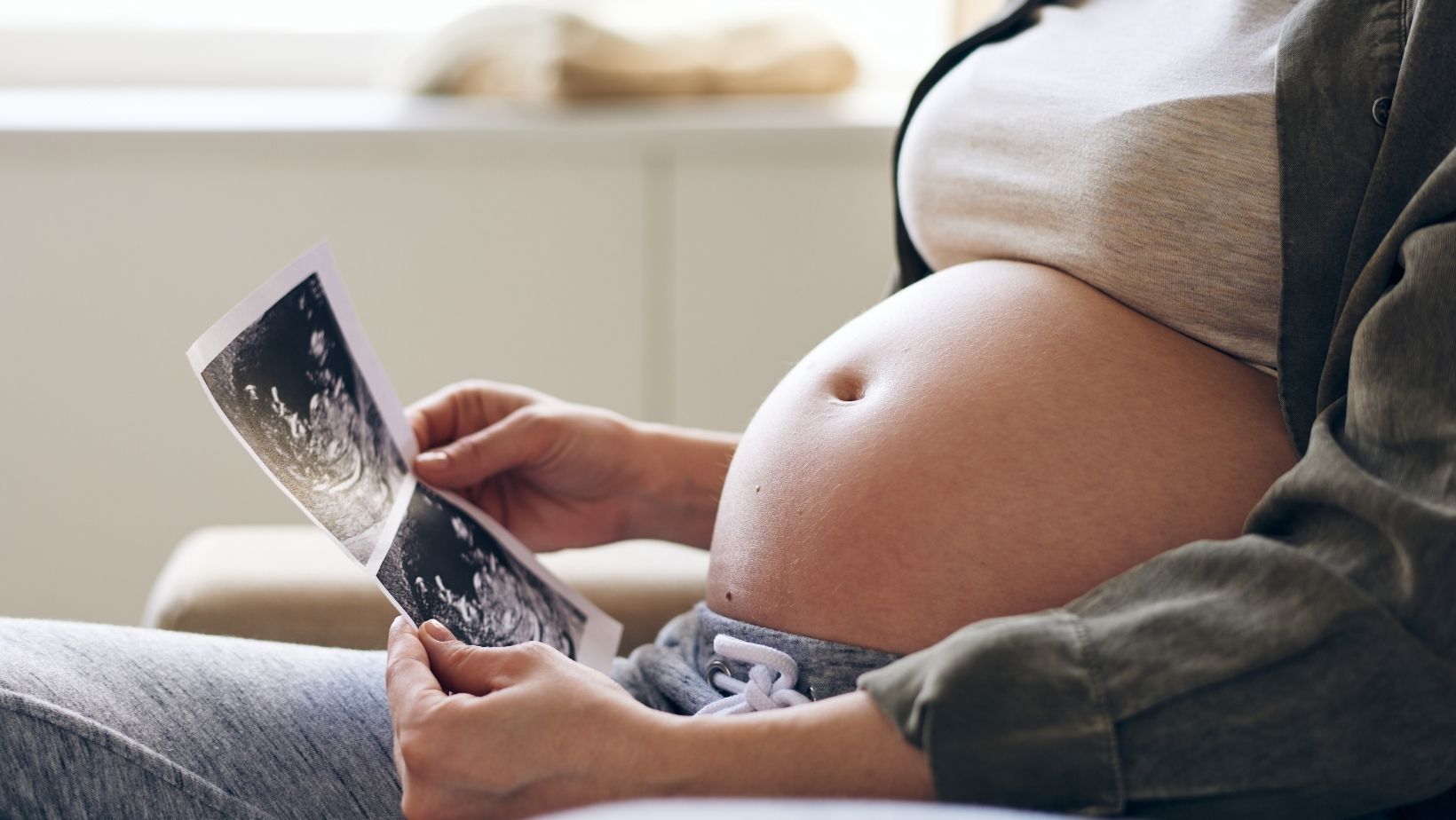
The Theoretical Probability of a Couple Having a Baby Girl Is . What Is P(Girl, Girl, Girl)?
Having a baby is an exciting and life-changing event for any couple. While many factors come into play when it comes to the gender of a child, understanding the theoretical probability can provide some insight. In this article, I’ll be exploring the concept of theoretical probability and specifically addressing the question: “What is P(girl, girl, girl)?”
Theoretical probability refers to the likelihood of an event occurring based on mathematical calculations rather than observed data. When it comes to the gender of a child, the chances are often assumed to be 50-50 – that is, an equal chance of having either a boy or a girl. However, when considering multiple births in succession, such as three girls in a row (girl, girl, girl), we need to take into account conditional probabilities.
To calculate P(girl, girl, girl), we must multiply together the probabilities of each individual birth being a girl. Since each birth is independent of the others and has a 50% chance of resulting in either gender outcome (boy or girl), we can use basic multiplication: 0.5 * 0.5 * 0.5 = 0.125.
Therefore, P(girl,girl,girl) is equal to 0.125 or 12.5%. It’s important to note that while this calculation represents the theoretical probability based on assumptions and mathematical models, actual outcomes may vary due to various genetic factors and chance.
In conclusion, understanding the theoretical probability can shed light on our expectations regarding certain events like having children. While P(girl,girl,girl) might seem low at first glance with its result of 12.5%, it’s crucial to remember that these calculations are based on assumptions and generalizations rather than guarantees for specific outcomes in real-life scenarios.

Understanding Theoretical Probability
Let’s delve into the concept of theoretical probability and explore its significance in predicting outcomes. Theoretical probability is a fundamental concept in mathematics that helps us understand the likelihood of an event occurring based on our knowledge of the underlying conditions.
Firstly, it’s important to note that theoretical probability deals with idealized situations where all possible outcomes are equally likely. Imagine flipping a fair coin – there are only two possible outcomes, heads or tails, each with a 50% chance of occurring. In this case, the theoretical probability of getting heads is 0.5 (or 1/2), and the same goes for getting tails.
Now, let’s consider a scenario where we’re interested in determining the probability of a couple having three baby girls in succession. Assuming that gender is determined solely by chance and each birth is independent from the others, we can apply the principles of theoretical probability to analyze this situation.
Since there are two possibilities for each birth (a girl or a boy) and each event is independent, we can multiply their probabilities together to find the overall probability. In this case, since we’re looking specifically at three consecutive baby girls, we need to calculate P(girl) * P(girl) * P(girl).
If we assume an equal likelihood for both genders at each birth (which may not always be true due to biological factors), then P(girl) would be 0.5 (or 1/2). Therefore, the theoretical probability of having three baby girls in succession would be:
P(girl, girl, girl) = P(girl) * P(girl) * P(girl) = 0.5 * 0.5 * 0.5 = 0.125 (or 1/8)
So according to theoretical probability calculations based on equal chances for boys and girls at each birth, the likelihood of having three baby girls in a row is 0.125, or 1 in 8.
It’s important to remember that theoretical probability provides us with a framework for understanding probabilities based on idealized conditions. In reality, various factors can influence the actual outcomes, such as genetic predispositions or environmental factors. Nonetheless, theoretical probability serves as a valuable tool for analyzing and predicting events within controlled settings.
By grasping the concept of theoretical probability and its application to different scenarios, we can gain insights into the likelihood of specific outcomes and make informed decisions based on this knowledge.












